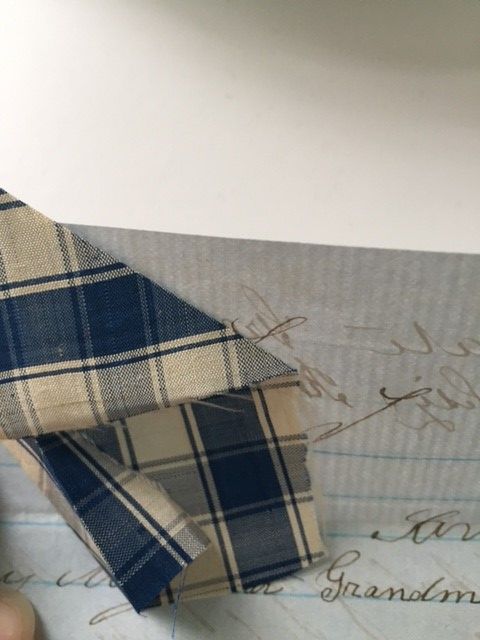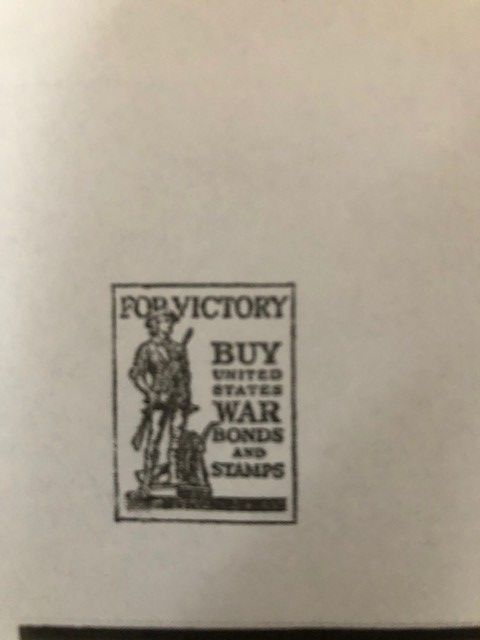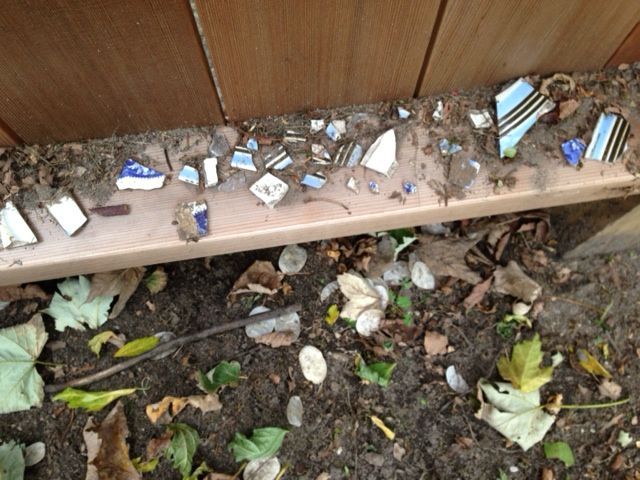Chamber Pot?
I wrote this quite a few years ago but it’s sort of fun and worth a repeat!
This spring, thanks to a generous grant, we were able to replace the cedar board fence behind the Mitchell House that was in long need of replacement. It was likely from the late 1960s and did its part for a very long time. Part of the area where this fence runs was once the home of “Neighbor North” as the Peleg Mitchell Junior family called it. Neighbor North was the Mitchell family outhouse and was located in the north part of the backyard. Mary Mitchell, wife of Peleg Jr, surrounded it with nasturtiums in summer and Peleg himself planted a grape vine that grew over it (I mentioned this in a previous post).
As with any digging in the Mitchell House yard, or even a hard rain, pottery shards are often revealed and as you might know from another previous post, I love pottery shards. As you can see in this image, there is an overwhelming amount of one design of pottery and we can assume it is all from the same piece. Since it is in the area of Neighbor North, I believe this may be the remains of a chamber pot that was brought in the morning to be emptied in the outhouse but never made it back into the Mitchell House because it was dropped or accidentally shattered during the process of emptying. These are the white, blue, and brown striped shards. I have also found a straight, thick piece that could be a portion of the handle of a chamber pot. You can see other pieces too in this image. They could be chips from other chamber pots that were damaged in their emptying process or were discarded in the outhouse hole when broken. Or, simply, other pottery pieces that were tossed behind the outhouse when they were damaged beyond use or could not be made into a “make-do.” What’s a “make-do” you ask? Now that is for another blog. But keep this in mind, even the simplest and smallest piece of “trash” can tell you something about the people who came before us and what the site it is found in was used for or even the economic status of a family. A little piece of trash can be another woman’s treasure – in many ways, including knowledge!
JNLF
Recent Posts





